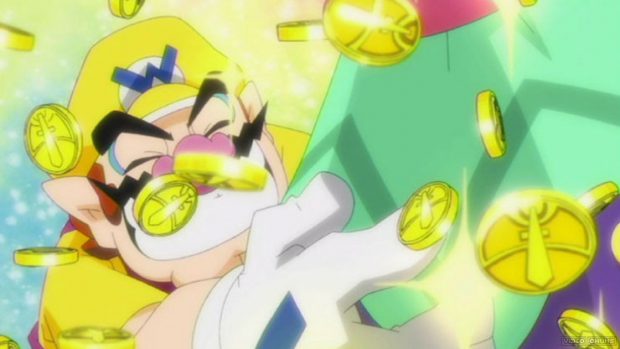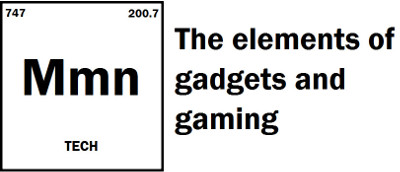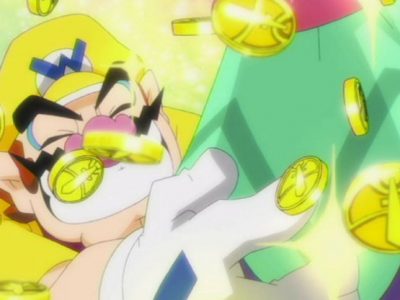

Let’s talk about that OLED Switch
So, Nintendo put out a new Switch model this week, and I think it’s fair to say it managed to disappoint nearly everyone. To give the basic rundown, they’ve replaced the LCD panel in the original with a slightly larger 7” OLED display. The chassis has also been redesigned to feature a larger Surface style kickstand. Internal storage has also been bumped up from a completely inadequate 32GB to a more palatable 64GB. A new dock will also finally feature a built in LAN port, and that’s about it. Aside from that, the internals are identical to the original LCD Switch and the Switch Lite. Neither of which is being discontinued.
While these are some nice little improvements, this thing falls into that category of products that nobody was asking for. What people had been expecting was upgraded internals, as had been reported by even so called reputable news outlets like Bloomberg. We even covered that story here, about a new Switch coming out in 2021 with a more powerful SoC capable of 4K outputs, likely through Nvidia’s rather impressive DLSS upscaling technology. Well, pundits were at least correct about the new Switch having an OLED display. So there’s a consolation prize.
Of course, I’ve been saying for a while now that I don’t think a Switch Pro exists. It doesn’t make sense to release one due to a variety of business factors. I mean, the Switch is still doing absurdly well. It’s currently outselling the Xbox Series X/S by a 2:1 ratio, while regularly beating the PS5 in weekly sales by 100,000 units. Which, yeah, chip shortage. But that’s still an extremely healthy position to be in, especially four years into the console’s life, and without any major releases since March. Things are starting to trend downward a bit, but games like Monster Hunter have managed to keep sales up above the competition, by a wide margin. So right now, there’s no reason to rock the apple cart.
That said, the Switch is starting to develop a bit of an image problem. You’ll notice that a lot of recent releases aren’t running very well. Monster Hunter and Hyrule Warriors: Age of Calamity have been known to drop into single digit frame rates when there’s a lot of action on the screen. Other titles, Outer Worlds being perhaps the worst offender, are a blurry mess due to their low render resolutions. Like seriously, that game is like playing through a shower curtain on a foggy day. The situation only gets worse in handheld modes, when the GPU clocks back to preserve battery life. Even Nintendo’s own first party games have been known to suffer from these issues.
Things weren’t so bad in the early days when it was mostly Wii U ports. The Switch is more powerful than its predecessor, but not by much. In a recent video Dimitris at Modern Vintage Gamer touched on some of these performance problems from a developer perspective. A lot of which he attributes to a lack of RAM. The Switch has just 4GB, which was adequate at launch, and actually double what was originally planned had third parties not complained. Yet squeezing games into that space nowadays, especially so called “impossible ports”, is getting to be a real challenge. So many teams have gotten used to 8GB being the norm for nearly a decade now. And that gulf is only getting wider now that 9th gen hardware is out. Which means making cross platform games for the Switch will become all the more difficult. Especially once PS5 and Xbox Series also start to really make use of their high speed storage.
Speaking of next gen, Nintendo also has a new competitor on the horizon, when they really didn’t beforehand. At $299 USD, the Xbox Series S is the exact same price as the Switch, and actually $50 cheaper than this new OLED model. Sure, it’s a lot bigger and isn’t portable. But I suspect most people buying the vanilla Switch tend to be the sort that plays it docked the majority of the time. Meanwhile, the Series S delivers everything people were asking for from a Switch Pro. Better visuals, higher resolutions, faster frame rates, all at a very reasonable price. Game Pass also gives users access to a huge variety of games for a relatively small monthly fee. So unless you’re a hardcore Mario and Zelda fan, this presents a bit of a conundrum. Nintendo has always tried to be the most cost effective option in the sea of current hardware, but they no longer are.
So you’d think it would make sense to get a Switch Pro out, and get the pricing down to something closer to the launch variant. But the billion dollar question here is whether mid-gen refreshes are even a smart move to begin with.
A lot of people have probably forgotten it by now, but Nintendo actually did release a pro version of the Switch’s predecessor; the rather uncreatively named New Nintendo 3DS. It wasn’t a small upgrade either. The ARM11 MPCore processor went from a dual-core at 268MHz, to a quad-core running at a blistering 804MHz. RAM capacity was also doubled, while the GPU saw a 53% boost in clocks. This put the system more in line with the Vita than the original 3DS. And at $220 USD, it was only a meager $20 more expensive than the 3DS XL that it replaced. Heck, it was actually cheaper than the launch models. It sold quite well too, pushing 12.81 million units over its six year lifespan. Not quite beating Sony’s doomed handheld, but coming close. Yet, despite the improvements, only a grand total of six games were ever made that actually took full advantage of the hardware.
You see, the problem with these mid-gen refreshes is that they split the user base. Generally once a console reaches mid-life, sales will start slowing. So now you have the vast majority of owners on the older hardware, like the original 3DS and 2DS, with fewer gamers likely to pick up the upgraded system. Especially when those new revisions tend to be more expensive than the base models. So it puts developers in a tricky situation. You can either optimize your games for the base hardware, as you’ve always been doing, or focus on making sure games take advantage of the newer hardware. And well, if the bulk of your sales are going to come from the former, why bother putting extra effort in to cater to the latter? And it’s not just Nintendo either. Games that are optimized for the PS4 Pro can still look absolutely spectacular. Like God of War and Ghost of Tsushima. But these are mostly first party titles. Compared to third party games, like Judgement, that basically just got a small resolution bump and a handful of minor visual enhancements. And for such a small upgrade, why would you buy it over say the much cheaper Slim?
Now, the Switch is admittedly a little different. Most PS4 games didn’t run poorly on base hardware. Same goes for the original 3DS. Where as a lot of Switch games are really starting to chug. So there is consumer demand out there for an improved system. However, if you’re going to do a mid-gen refresh, you might as well go all in and just upgrade the whole kit and caboodle up a full generation. That way you ensure all new releases will take advantage of the new hardware. It also avoids consumer confusion. Which is what I think Nintendo is likely doing. In other words, the rumours reported by Bloomberg probably weren’t completely wrong, but they weren’t about the Switch. Given that Nintendo consoles have a 5 year lifespan on average, I think we’ll likely see something either in 2022, or more likely, 2023.


